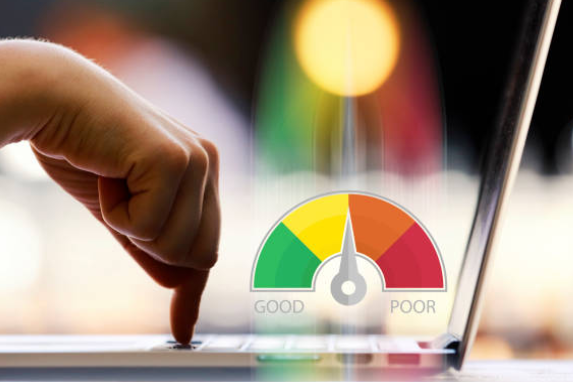
What Is the Balanced Scorecard?
The Balanced Scorecard (BSC) is a strategic‑management framework that translates an organization’s vision into actionable objectives across four balanced perspectives. It lets leaders monitor both financial and non‑financial performance, ensuring that day‑to‑day activities are aligned with long‑term goals.
Four Perspectives of the Balanced Scorecard
1. Financial Perspective
- Revenue growth
- Operating margin
- Return on investment (ROI)
- Cost‑to‑serve
2. Customer Perspective
- Customer satisfaction (CSAT)
- Net promoter score (NPS)
- Customer acquisition cost (CAC)
- Retention & churn rates
3. Internal Process Perspective
- Process cycle time
- First‑time‑right rate
- Operational efficiency
- Compliance adherence
4. Learning & Growth Perspective
- Employee engagement
- Training hours per employee
- Innovation index
- Talent turnover
Why It Remains the Most Popular Management Tool
- Holistic view: Balances financial results with the drivers behind them.
- Alignment: Connects individual KPIs to corporate strategy.
- Actionable insights: Turns data into clear strategic actions.
- Scalable: Works for startups, mid‑size firms, and multinational corporations.
- Performance communication: Provides a visual “strategy map” that is easy for all stakeholders to understand.
Implementing the Balanced Scorecard – A Step‑by‑Step Guide
- Define your vision and strategic objectives. Use the Business Plan Template to capture high‑level goals.
- Build a strategy map. Visualize cause‑and‑effect relationships between objectives. Our Balanced Scorecard and Strategy Map Toolkit includes ready‑made map shapes.
- Select 3‑4 key performance indicators (KPIs) per perspective. Keep the list lean to avoid analysis paralysis.
- Set targets and owners. Assign responsibility for each KPI and define realistic time‑bound targets.
- Choose a reporting platform. For finance‑centric dashboards, try the Financial Dashboard Excel template.
- Review & iterate quarterly. Adjust KPIs as strategy evolves.
Industry‑Specific Examples
Healthcare
- Financial: Average cost per patient episode.
- Customer: Patient satisfaction score.
- Internal Process: Average length of stay.
- Learning & Growth: Staff certification rate.
Manufacturing
- Financial: Gross margin per product line.
- Customer: On‑time delivery rate.
- Internal Process: Overall equipment effectiveness (OEE).
- Learning & Growth: Hours of continuous improvement training.
Non‑Profit
- Financial: Fundraising efficiency ratio.
- Customer: Beneficiary satisfaction.
- Internal Process: Program delivery cost per beneficiary.
- Learning & Growth: Volunteer retention.
Quick Checklist for Your First Balanced Scorecard
| Task | Completed? |
|---|---|
| Document vision & strategic objectives | ☐ |
| Create a strategy map | ☐ |
| Choose 3‑4 KPIs per perspective | ☐ |
| Set measurable targets & assign owners | ☐ |
| Implement reporting dashboard | ☐ |
| Schedule quarterly review meetings | ☐ |
Next Steps
If you are ready to build a professional Balanced Scorecard and visual strategy map, explore the Balanced Scorecard and Strategy Map Toolkit. It provides templates, step‑by‑step guidance, and ready‑to‑use visuals that will accelerate your implementation.
For deeper financial reporting, consider pairing the scorecard with our Financial Dashboard Excel template.






























